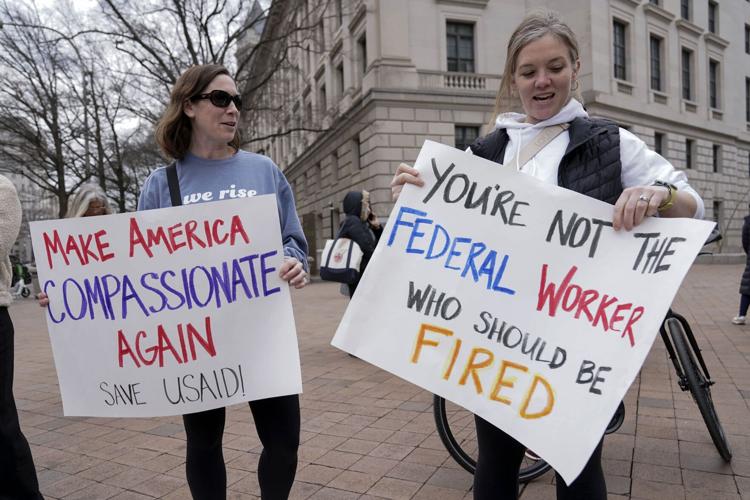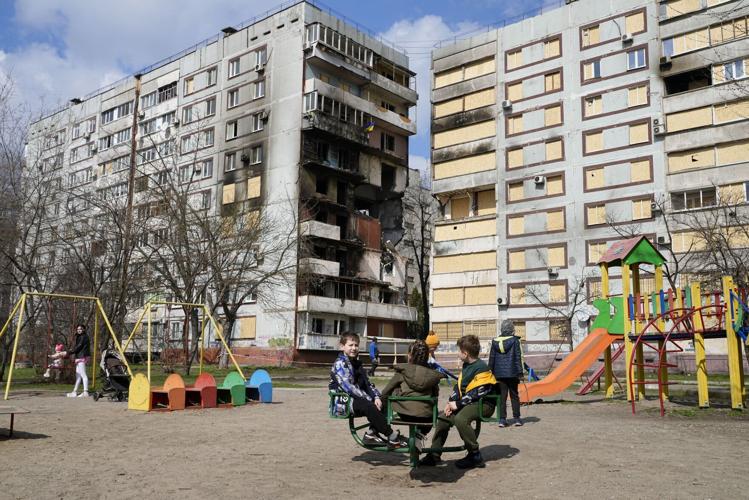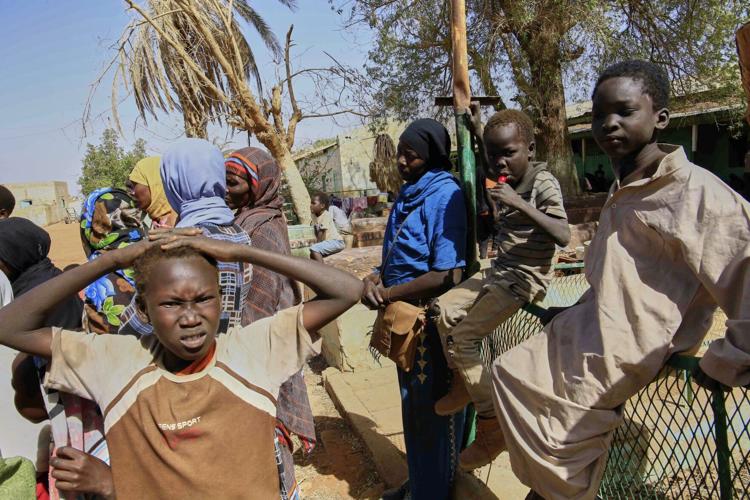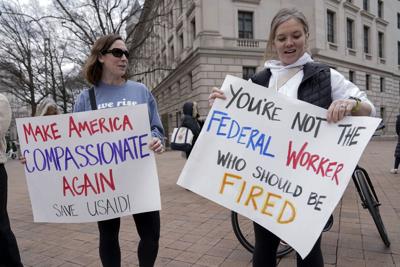As a humanitarian, I am driven by the knowledge that my work makes a tangible difference in the lives of millions of children.
It is the principle that all human lives are valued equally that fuels my determination and that of my fellow aid workers, even in the face of immense challenges. Yet today, we are confronting a crisis far graver than we could have ever imagined: the unbearable reality of choosing which lives to save and which to leave behind. This is not a dilemma we can — or should — accept.
The recent cuts to foreign aid are forcing humanitarian organizations into impossible decisions. At a time when one in every 11 children globally requires humanitarian assistance, we are being compelled to prioritize one crisis over another, one community over another and, ultimately, one child’s life over another. Already we have had to make heart-wrenching decisions to halt life-saving work. And by this, I mean treatment for severely malnourished children, medical lifelines for newborn babies in war zones or mental health support for traumatized children.
In an era of escalating global crises — conflict, climate change and economic instability — many of the world’s wealthiest nations are retreating from their commitments to international solidarity, contributing to a dangerous decline in global assistance. Canada’s continued leadership and assistance is more important than ever.
Cutting aid is not just a failure of moral leadership; it is a strategic miscalculation. Failing to address poverty, instability, health crises, human rights violations and gender inequalities worldwide only deepens global insecurity, fuelling displacement, economic shocks and conflict. These problems do not respect borders; they ripple across the globe. When we invest in children, we invest in a more peaceful, brighter future for all the world’s children, including our own.
In 2024, a record 120 million people were forcibly displaced by war, violence and persecution — equivalent to three times the population of Canada — with displaced people spending, on average, more than a decade away from home. Time and again, they tell us their greatest dream is to return. Aid plays a critical role in helping societies rebuild.

Children play in front of missile-damaged buildings in Zaporizhzhia, Ukraine, on Thursday. We are being compelled to prioritize one crisis over another, one community over another and, ultimately, one child’s life over another, writes Danny Glenwright of Save the Children.
Efrem Lukatsky The Associated PressIn Ukraine, we have helped families repair their war-damaged homes. In Ethiopia, we have supported women in starting small businesses and rebuilding their lives. Aid rebuilds societies, fosters stability and drives economic recovery. A good example is Vietnam, which once received aid from Canada (and Canada received refugees from Vietnam). Since 2015, Vietnam has been Canada’s largest trading partner in the Association of Southeast Asian Nations region.
Short-sighted decisions to cut aid are making the world less healthy, less safe, less just and equal and less prosperous. The share of children living in conflict zones has nearly doubled over the past 30 years, while global military spending has soared to $2.4 trillion in 2023. Meanwhile, investments in conflict prevention and humanitarian aid are dwindling.
In Gaza, Haiti and Sudan, our teams are overwhelmed by the sheer number of children — some barely school-aged — who need psychosocial support after witnessing horrors no child should endure. In the Democratic Republic of Congo, armed groups are deliberately targeting and abducting children for recruitment, sexual assault, exploitation and slavery.
We cannot afford to ignore these realities. Investment in development and humanitarian assistance is not charity — it is a strategic and economic imperative and a moral obligation. Save the Children is calling for the Canadian government to speak out and stand firm in defence of foreign aid and the core values of international development, humanitarian principles, child rights and gender equality.

Displaced Sudanese children take shelter in a school after being evacuated by the Sudanese army from areas once controlled by the paramilitary Rapid Support Forces. In Sudan, Gaza and Haiti, our teams are overwhelmed by the sheer number of children who need psychosocial support after witnessing horrors no child should endure, writes Danny Glenwright of Save the Children.
The Associated Press file photoGovernments play an irreplaceable role in sustaining aid efforts and upholding the rights of children around the world. We cannot normalize a future where saving some lives means accepting the loss of others. Because on what ground is one life considered worth less?
It is time to reimagine a world where compassion and international solidarity between communities once more trumps cynicism, mistrust and othering — a world where every child’s life counts. Canada has long been a strong advocate for protecting children in crisis and armed conflict, as well as upholding the rights of women and girls. Now is the moment for Canada to reaffirm this commitment, ensuring we never have to choose one child’s life over another.
































